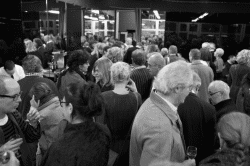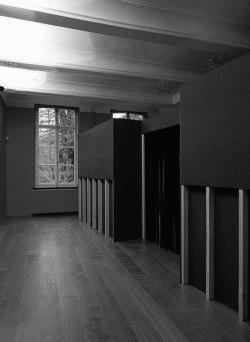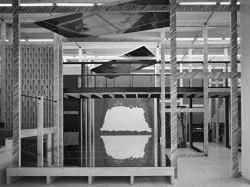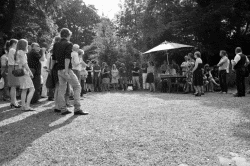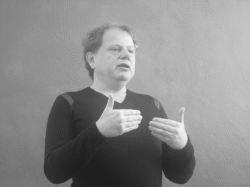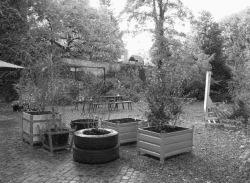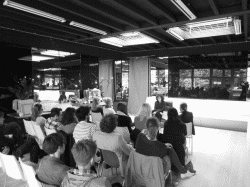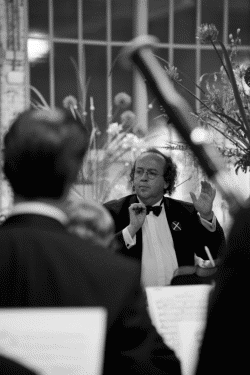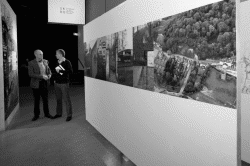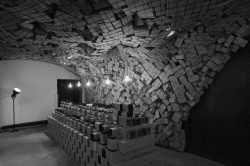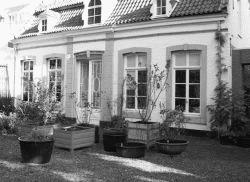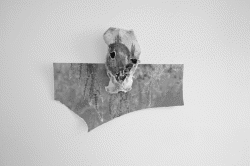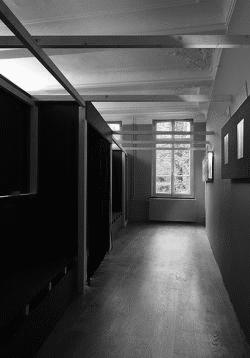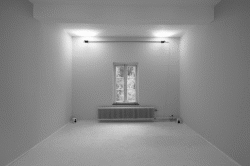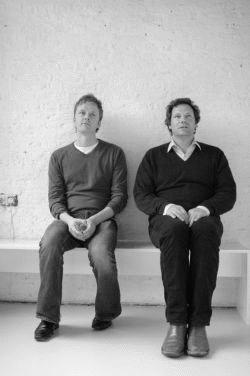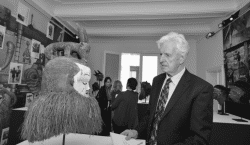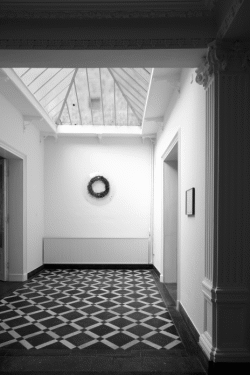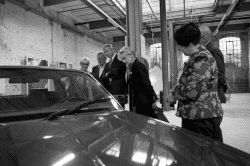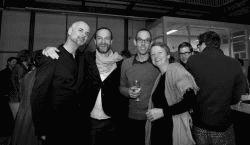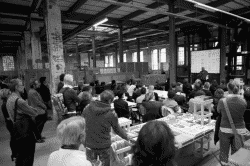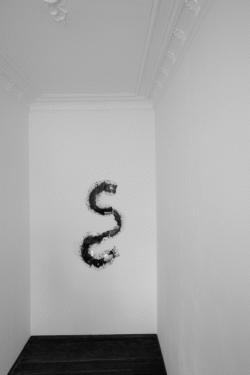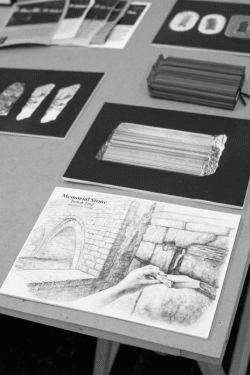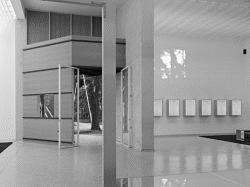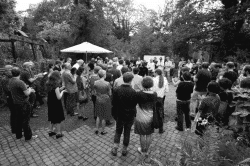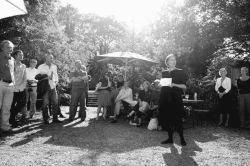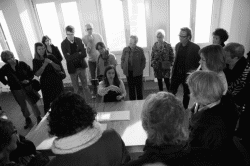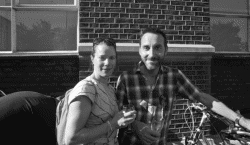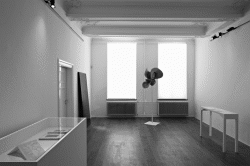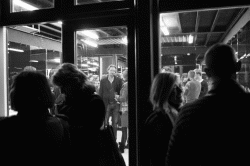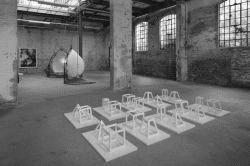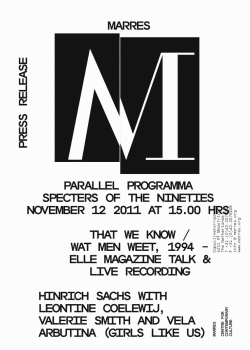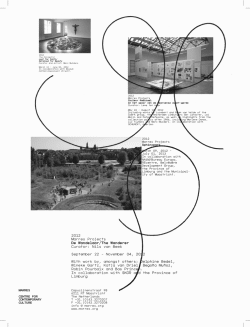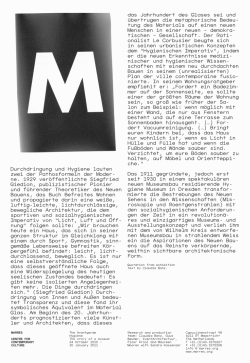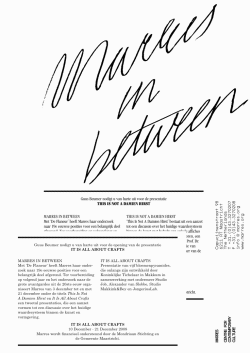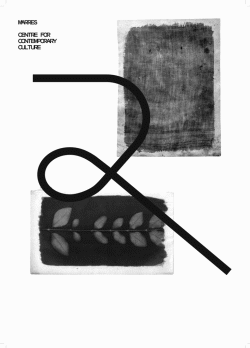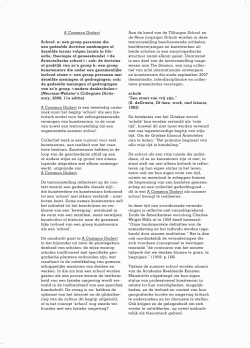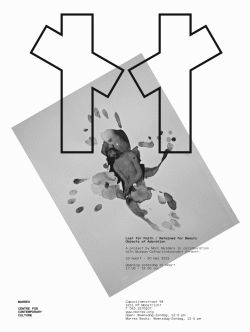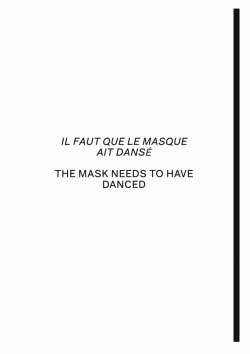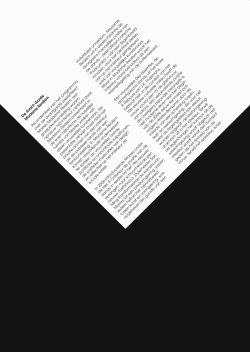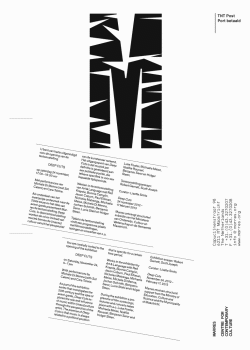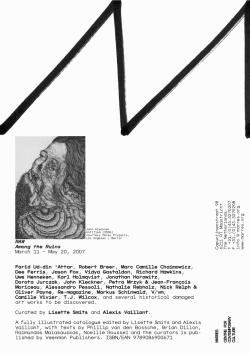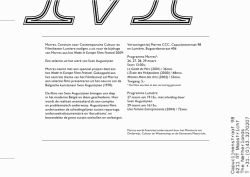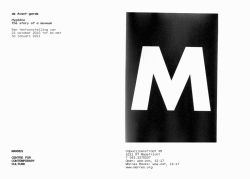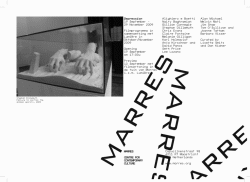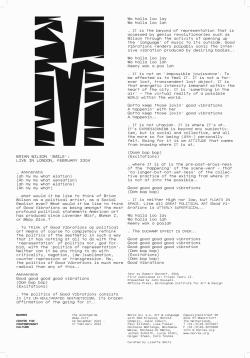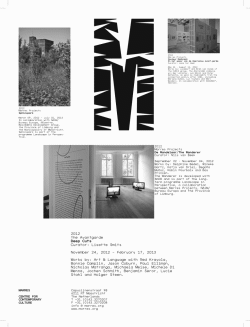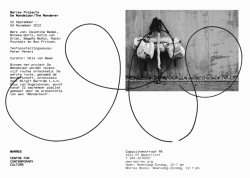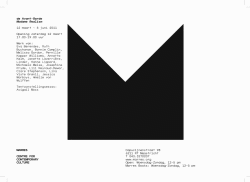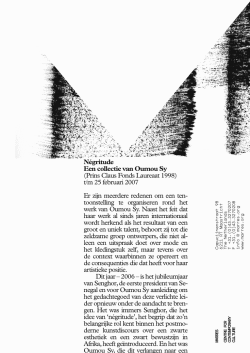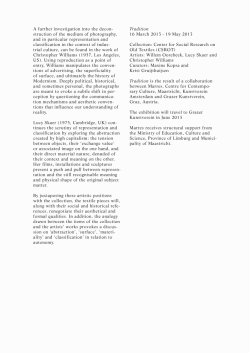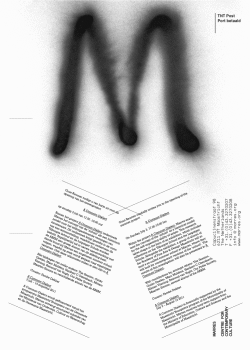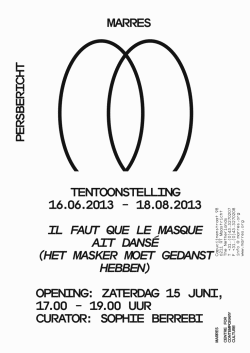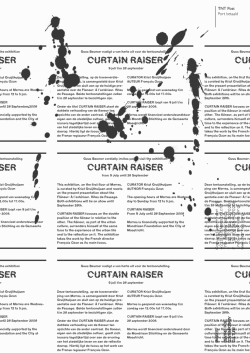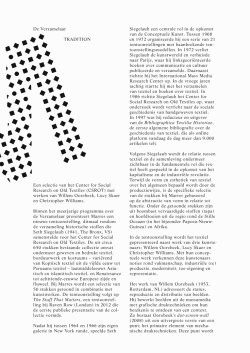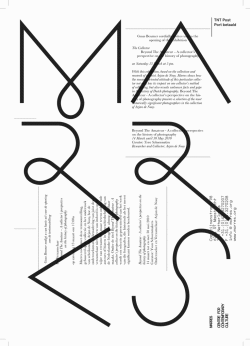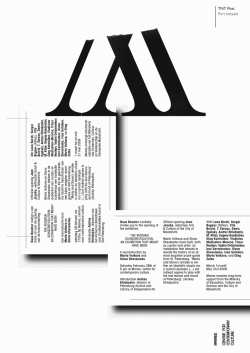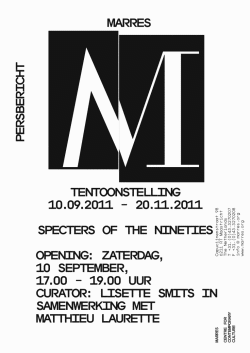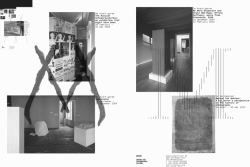— image —
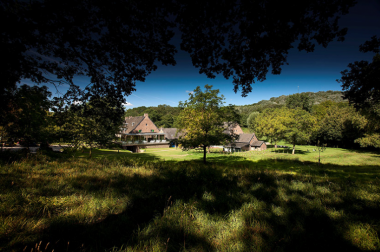
— text —
Landschap in Perspectief:
Verhalen Verbeeld/Imaged Stories
Camille Oostwegel ChâteauHotels & Restaurants, Marres Projects, and Bureau Europa/platform for architecture have teamed up to form a cultural research partnership. This project is called ‘Imaged Stories’ and focuses primarily on the history of the WinselerHof estate in Landgraaf.
“Nature uses human imagination to lift her work of creation to even higher levels.” (Luigi Pirandello)
In 1985 the 16th century WinselerHof carré farmstead was completely restored and furnished as a hotel and restaurant by Camille Oostwegel. In 2013 the surrounding croplands were purchased so that the traditional high trunked fruit trees, flower and herb gardens, and vineyard could be restored to their former glory.
Marres Projects and Bureau Europa approach artists, designers, philosophers, and historians to work on various phases of the ‘Imaged Stories’ project, addressing the history and landscape values of the building and the surrounding area, the region’s agricultural past and mining history, and the stories of the locality.
The project starts in August 2013 when selected artists and designers will begin working in the landscape around the WinselerHof. Their productions will be presented as part of a cultural tour around the WinselerHof organised by Camille Oostwegel ChâteauHotels & Restaurants in the week beginning 12 August.
On Sunday 11 August, prior to the actual cultural tour, interested parties can visit the artists from 12:00 to 17:00 as they put the finishing touches to their work in the WinselerHof.
The second phase of the project will be launched in September 2013: students from the Faculty of Arts and Social Sciences at Maastricht University will examine the narratives and factual history of the WinselerHof and its surroundings. The partners will select a number of interesting elements from this research, which will be included in the project’s final stage, for a broad range of cultural projects on the WinselerHof’s grounds: art, landscape architecture, but also music or theatre
Background
The surroundings of Kerkrade/Landgraaf have a rich history. Since Roman times this region has been a border area. The region is characterized by the different historical developments and the traces they have left. This has influenced the way language has developed, cultural practices, and the formation of the landscape. The effects of industrial and cultural exchanges are still visible but they are not readable to everyone. For example, there is a relatively large amount of Italian restaurants in this region. The Italian owners are often children of former migrants who came to work in the mines. The many ways in which history manifests itself can also be seen in the monuments and buildings. Many old farmsteads can be found in the Kerkrade/Landgraaf area and the WinselerHof is one of the oldest.
In the 1980s Camille Oostwegel took over the WinselerHof from the Landgraaf local authority. The farmhouse was restored and converted into a hotel and restaurant. In 2013 Camille Oostwegel ChâteauHotels & Restaurants purchased and brought back to life five hectares of ancient croplands, traditional tall trunked fruit trees, flower and herb gardens, and a vineyard with 500 Müller-Thurgau plants.
Camille Oostwegel ChâteauHotels & Restaurants attaches particular importance to historicity and recognizes the value of cultural heritage. To realise the ambition of depicting stories from this region and connecting them to a productive future, a link was sought with the contemporary cultural institutions Marres Projects and Bureau Europa. An assignment has been jointly formulated to examine how the cultural layers of the WinselerHof and the region can be documented and presented.
From their shared expertise in spatial planning, architecture, landscape, and contemporary art and design Marres Projects and Bureau Europa investigate ways to unlock and represent the interesting yet fragmented history of the place. As such, a project is being developed that starts small and grows as it is elaborated upon.
Imaged Stories project description
In August 2013 artistic interventions will begin on the WinselerHof site. These will have specific reference to the place and materialise knowledge in keeping with the existing cultural (and landscape) heritage. Bureau Europa and Marres Projects have approached designers and artists to work together with philosophers and historians on the design. The realised plans will be presented during a culture tour organised by Camille Oostwegel ChâteauHotels & Restaurants in the week beginning 12 August 2013. This will be a prelude to the second part of the project.
In September 2013 research will begin in collaboration with the Faculty of Arts and Social Sciences at Maastricht University. By connecting to a research institute, the narrative and the factual history of the WinselerHof and the region is mapped in diverse ways. In this research phase, the students’ studies will include the history of the monument, the owner and users, the surroundings (and its fragmented planning), nature and landscape values, the stories of the agricultural past, and the region’s mining history.
This phase is essential because it lays the foundations for future plans. The analysis of the research provides the basis for the further intertwining of various local, regional, and Euregional partners.
In the next phase, the research results will be translated into a concrete project that is bigger and more ambitious. From the research results the project partners will select some interesting elements for (art) projects to be presented on the WinselerHof grounds. These projects take on a wide cultural perspective and a broad interpretation: art, landscape architecture, but also music or theatre.
In the final phase, plans will be realised in the WinselerHof and the wider area. The designers/artists will take inspiration from the locality. As such, visitors will have an opportunity to learn about the rich history of the area in alternative ways through art projects, walking routes or soundscapes. The project’s rich cultural heritage is made tangible, audible and/or visible. After the profound transition from black to green in the 80s – the restructuring and reorientation of nature – recreation and cultural infrastructure can now form the basis for how the area is perceived.
The Imaged Stories project is a collaboration demonstrating how cultural institutions and an engaged business community can arrive at a mutual agenda, determine common values, and thus create new relationships.
Imaged Stories is a project from the Landscape in Perspective program, an initiative of Marres Projects in collaboration with Bureau Europa/platform architecture, and the Province of Limburg.

